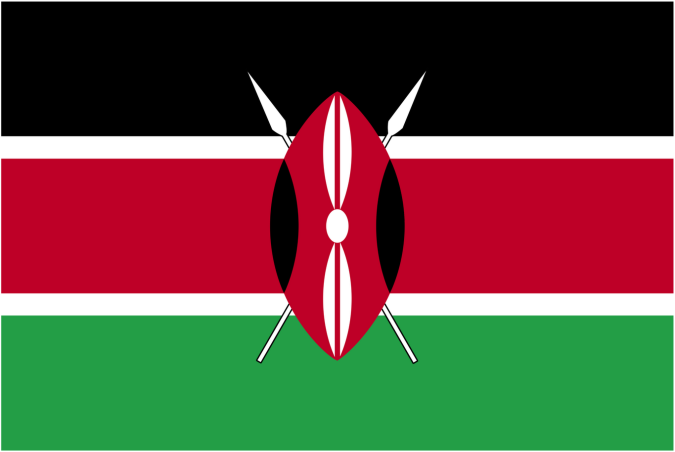KENYA:Regulation will drive growth of digital credit

Central Bank of Kenya Governor Patrick Njoroge recently noted that the risks to Kenyans showed there was a need for regulation in the booming digital credit sector. This would be a great step.
While many of these small digital credit loans are immensely valuable for people facing emergencies, managing cashflow problems or for small scale trading, there are significant downsides that deserve attention.
I sympathise with his concerns about Kenya being “a guinea pig” for new technology deployed by foreign companies. However, the three largest digital credit lenders (M-Shwari, EazzyLoan and KCB-M-PESA) are Kenyan entities. It is fair to say that in Kenya, as in many other African countries, the development of digital credit was sponsored by international development agencies.
This was done with good intentions, with little foresight of the unintended consequences. The continued celebration of the quantity of loans issued without reference to their quality is alarming.
There is growing evidence that a worrying proportion of these digital credit loans used to finance the sports betting epidemic that is sweeping the continent. Perhaps as a result, a recent study noted that borrowers default on a third of first cycle loans and are negatively listed on the credit reference bureaux (CRB).
As a result, as on March 31, 2017 about 10 per of the adult population of Kenya was negatively listed on the CRB – nearly a million of these for amounts of less than Sh1,000. Now, more than a year later, the number of people negatively listed exceeds 3.5 million. Many remain negatively listed because of the Sh2,200 required for a clearance certificate to remove their names from the bureaux lists.There has been much discussion of the interest rates associated with these loans. The effective interest rates for many are even higher than those published by many of the lenders. This is because many borrowers (for example day traders) repay well in advance of the monthly duration of the loans.
The typical month-long digital loan, with a fixed interest rate, is simply inappropriate for these borrowers. Small wonder that 36 per cent of these loans are repaid within a week – and sad that these borrowers receive no interest rebate. Clearly, there are many opportunities to re-engineer these loans to make them much more fit for purpose.
Relatively small tweaks to the structure, marketing and pricing could increase transparency, reduce delinquency, help borrowers and thus actually increase the returns for the lending institutions.
Given the alarming number of Kenyans now carrying the “negatively listed” stamp, it’s time for policymakers and digital lenders to act. CBK might consider introducing and enforcing incentives for auto-submissions from bank databases to CRB to improve accuracy of the bureau data and amend digital credit to the Credit Reference Bureau Regulations (2013) to incorporate a minimum loan amount for the listing.
As CBK has already stressed, lenders should use nuanced credit scoring mechanisms based on the “balance” (value of the loan outstanding) and “number of days in arrears” fields in the CRB’s database.
This would allow lenders to vary interest rates and loan sizes according to the credit history/risk profile of the borrower – as M-Shwari already does with loan sizes.
The regular should have all off-shore, app-based lenders to report into the CRB system since some, including Branch and Tala, do report to the bureaus.
Anup Singh leads banking and financial services domain for MicroSave.
SOURCE:BUSINESSDAILYAFRICA
 Africas leading resource for digital financial services
Africas leading resource for digital financial services


comments